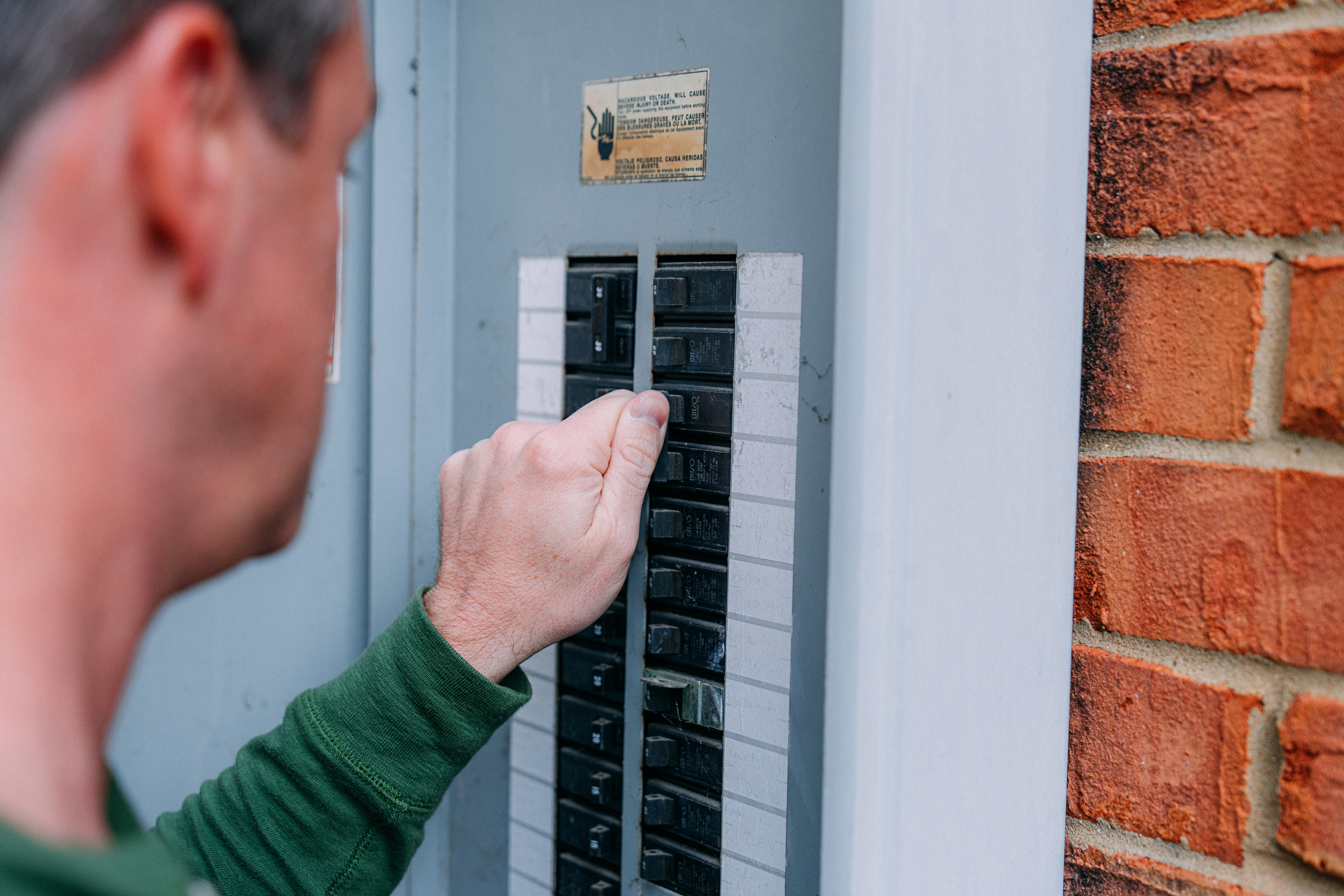
How much does electrical box replacement cost in Columbus, Ohio? Learn why this city may be more affordable and what factors the price.
With this little piggy, you won’t have to go to market


Pigtail wire may sound like something Pippi Longstocking used to create her iconic braids, but an electrical pigtail is actually a common household item. Pigtail connections are most frequently used to ground a switch or electrical outlet and for electrical devices that need to connect to multiple circuit wires. They also come in handy to lengthen circuit wires that are too short to reach a device. A pigtail is composed of three strands of wire (neutral, ground, and hot) that bridge a device connector and an electrical receptacle.
While working with electricity always involves some risk, making an electrical pigtail is a relatively simple project requiring very few supplies. The best way to ensure your safety is to make sure you understand each step of the process before beginning and to be in a state of mind that allows you to carefully attend to the details of the instructions.
One crucial safety measure when making your own pigtail is that you must cut your scrap lengths from the same types of wire in the circuit. Electrical wires are color coded to easily identify the proper kind. Before getting started on the project, confirm that you’ve got six-to-eight-inch lengths each of live wire, neutral wire, and ground wire.

When it comes to DIY electrical projects, safety is paramount. As with any other electrical repair, the first step in making a pigtail connector is to ensure that all power has been cut from the circuit you’re working with. Don’t chance it; after flipping the switch on your service panel, use a simple non-contact circuit tester to confirm that the flow has really stopped. All you need to do is bring the sensor on your tester to each one of your circuit wires; if it lights up while touching any one of them, the circuit power is still on.

You can cut the lengths needed for your pigtail connection from any scrap cable of the same color and gauge as the circuit wires. It’s very important to match the gauge so that you don’t exceed the maximum ampacity and to match the colors of the PVC casing on the electrical wires so that you’re not mixing neutral wires (white), ground wires (green or unsheathed copper), and live wires (red or black).
With the wire cutter, cut your three pigtail lengths. For safety, and to stay in line with the National Electrical Code, each wire used in a pigtail must be a minimum six inches long. Use your wire stripper to cut back three-quarters-of-an-inch of the insulating PVC. On some devices, you can find a strip gauge that will show you the exact length to strip back.

With needle-nose pliers, loop one bare copper end of the wire, moving in a clockwise direction, around the device’s screw terminal. Even if your switch includes a push-in wire connection, opt for the screw terminal to ensure a secure, long-term connection. Using a screwdriver, tighten the screw until it’s secure, with the exposed wire wrapped snugly around the screw shaft, leaving no bare copper visible.

After one end of the pigtail has been connected to your device, use lineman’s pliers to twist together the bare end of the pigtail wires with the circuit wires, turning in a clockwise direction. Once secure, screw on your wire nut, once again moving clockwise. Confirm that no bare wire remains exposed and tug each end of the wire to make sure the connection is secure.

Once the connection has been made, tuck any slack wires into the receptacle, and secure your device in its place. Re-mount the cover plate and secure any screws that had been removed. Then turn the circuit power back on and test your device.
As long as you’ve already got tools, making your own pigtail is practically free, and it’s an efficient means of quickly solving your own electrical problem. If you’re at all comfortable with doing your simple electrical, it’s a project within easy reach. There are, of course, lots of good reasons to avoid DIY electrical projects altogether. If you’d rather minimize the risk, or just skip the hassle, you can also hire a local electrician. The job takes less than an hour, so anticipate paying just the minimum call-out fee offered by the electrician—typically between $65 and $150.
From average costs to expert advice, get all the answers you need to get your job done.

How much does electrical box replacement cost in Columbus, Ohio? Learn why this city may be more affordable and what factors the price.

How much does adding an electrical outlet cost in Columbus? Get details on average pricing, permit needs, and what affects the total cost.

How much does rewire house cost in Columbus? Learn the major factors that impact the price and how it can help increase your home's value.

When you need to choose between a 100-amp versus 200-amp electrical panel, check out our easy-to-understand explanation of your home’s power options.

When a three-way switch only works when one switch is on, the wiring or switch is often to blame. Find out how to diagnose and correct the problem.

Your home might have a variety of electrical outlets, depending on how old the structure is and what type of appliances you use. Learn the different types of outlets, how they work, and how you use them.